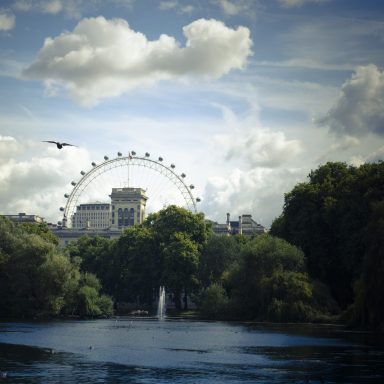Green Belt Protection Bill
A Bill to establish a national register of Green Belt land in England; to restrict the ability of local authorities to de-designate Green Belt land; to make provision about future development of de-designated Green Belt land; and for connected purposes.

History
Green Belts have existed in planning policy since the first Town and Country Planning Act 1947.
Sir Christopher introduced the Bill to the Commons in 2019.

The Bill
As stated in the Green Belt Planning Policy
The government states that the “fundamental aim” of the green belt “is to prevent urban sprawl by keeping land permanently open” around urban areas. It is for local planning authorities (LPAs) to define and maintain green belt land in their local areas. Government policy on the green belt is set out in chapter 13 of the National Planning Policy Framework (NPPF).
LPAs should set out green belt boundaries in their local plans. They can change the boundaries of green belt land in their area as part of the local plan review process. However, government guidance advises LPAs to only change green belt boundaries in “exceptional circumstances”.
LPAs also decide planning applications on green belt land. Government guidance advises LPAs that, in general, development on the green belt is “inappropriate” and “harmful to the Green Belt”. It provides that LPAs should allow development on the green belt only in “in very special circumstances”.

Housing?
James Forrester, Managing Director of StripeHomes, commented: “Building on England’s Green Belt land should be a last resort when all else fails but it’s fair to say that failure is an understatement when it comes to the government’s attempts to address the current housing crisis.
"It’s also fair to say that there are large areas of Green Belt land that have been wrongly classified and are actually made up of former industrial sites and other plots that bring little benefit to the wider area in their current state.
"Utilising these wrongly classified plots could help deliver a great deal more homes and address the current housing crisis and, as our research shows, just 1% could go a long way.
"What’s more, wise and conscientious development on such plots of land could actually make the space ‘greener’ and more sustainable, as well as bringing greater benefit to the wider community.”

What Is The Future of The Green Belt?
Research Briefing Statement
Recent proposals to reform the planning system have once again brought the green belt to the fore. The government has proposed updating its guidance to clarify that LPAs are not required to change green belt boundaries to meet local housing need.
The proposed changes have been welcomed by some, such as CPRE and the London Green Belt Council. Others, such as the Home Builders Federation, have expressed concern, however, that strengthening green belt protections would impact housing delivery and the government’s aim to build 300,000 new homes per year.
The Housing, Communities and Local Government Committee (now the Levelling Up, Housing and Communities Committee) has called for a review to “examine the purpose of the Green Belt”.
We need your consent to load the translations
We use a third-party service to translate the website content that may collect data about your activity. Please review the details in the privacy policy and accept the service to view the translations.
